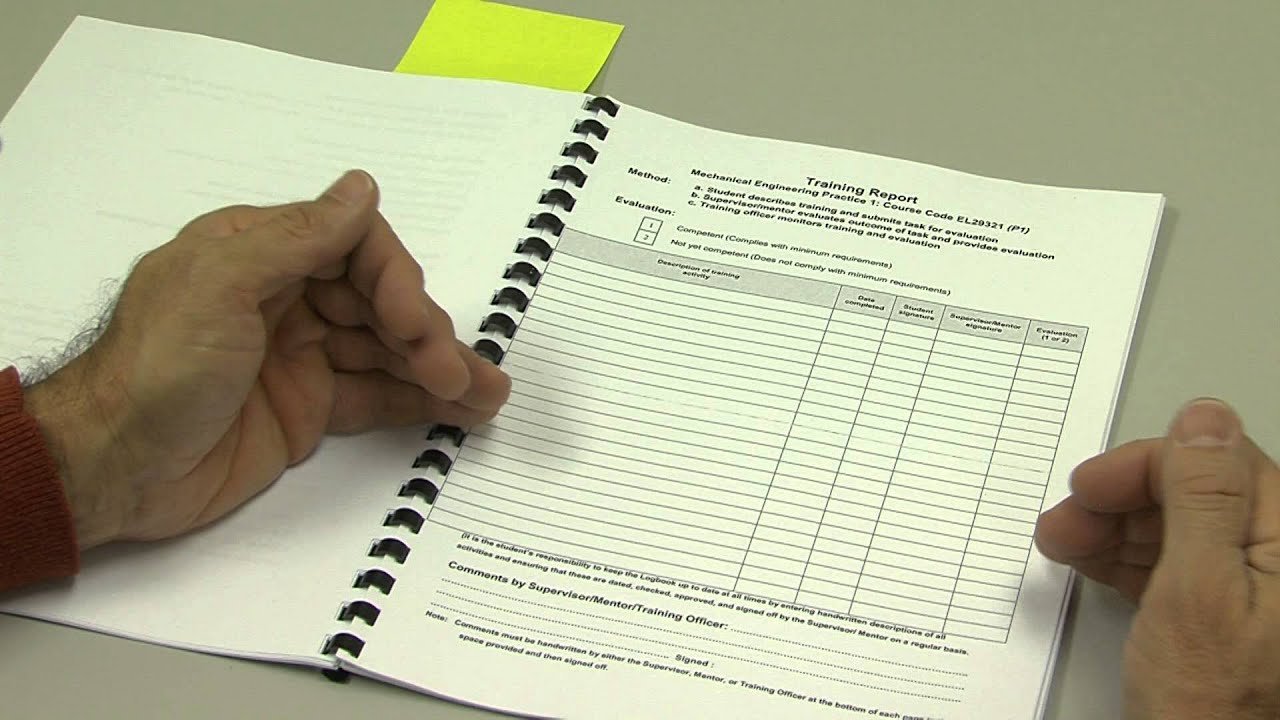A school log book is an essential statutory record that provides a chronological account of significant school events, administrative decisions, and student activities. It is a reference for audits, legal documentation, and historical records. Properly maintaining a school logbook ensures compliance with educational policies and enhances transparency in school management.
Importance of a Well-Maintained School Logbook
A school log book is more than a daily diary; it is an official record that can serve multiple purposes, including:
- Tracking school activities
- Documenting administrative decisions
- Providing evidence for legal purposes
- Ensuring accountability and transparency
- Serving as a reference for future planning
CHECK OUT: Admission, Progress, and Withdrawal School Register: 5 Shocking Truths and 19 Powerful & Ultimate Step-by-Step Approaches for Seamless Student Record-Keeping
Latest Tricks for Effective School Log Book Entries
To maintain an efficient and comprehensive school logbook, schools must adopt modern techniques. Below are some of the latest tricks to improve log book entries:
- Digital School Log Book Integration
Incorporating a digital school log book reduces paperwork and ensures secure documentation. Many schools are transitioning to digital platforms, allowing for easier data retrieval, editing, and cloud storage. A school log book app can enhance efficiency by enabling real-time updates and secure backups.
- Standardized Format for Entries
To maintain uniformity in school log book entries, schools should adopt a standardized format. A well-structured school log book template includes:
- Date and time
- Event description
- Persons involved
- Actions taken
- Follow-up actions
- Real-Time Logging and Automation
Manual entries can lead to omissions and errors. Implementing a real-time school log book system ensures timely documentation of incidents and prevents data loss. Schools can use automated tools to capture timestamps and verify authenticity.
- Incorporating Voice Notes and Multimedia
A modern school log book should allow voice notes, images, and videos as supporting documentation. This approach provides more detailed records and enhances credibility.
- Cloud-Based Storage for Secure Record-Keeping
A cloud-based school logbook ensures data is stored securely and can be accessed remotely by authorized personnel. This is especially useful for multi-campus schools and educational administrators overseeing multiple institutions.
- Categorization for Easy Reference
A well-organized school logbook should categorize entries into sections such as:
- Academic Activities Log
- Disciplinary Log
- Health and Safety Log
- Teacher Attendance Log
- School Visitor Log
- Regular Audit and Review
To maintain accuracy, schools should schedule regular audits of the school log book. A designated staff member should verify records to ensure compliance with educational regulations.
- Training Staff on Log Book Entries
Teachers and administrators should be trained on how to make precise and detailed entries in the school log book. Workshops and refresher courses on school log book management can enhance record-keeping skills.
- Enhancing Security and Data Privacy
Ensuring the confidentiality of the school log book is crucial. Schools should implement access control measures, password protection, and encryption for digital log books.
- Use of AI and Analytics for Log Book Insights
AI-powered school log book analytics can identify trends and generate reports for school management. This data-driven approach helps in decision-making and policy formulation.
SEE ALSO: How to Make a Lesson Note for Nursery Class| 10 Amazing Tricks On How To Make A Lesson Note For Nursery Class With Practical Samples
What Does a Log Book Look Like?
A school log book typically follows a structured format designed for clear and organized record-keeping. While different schools may use varying styles, a traditional school log book often features:
- Hardbound or Digital Format: Traditional log books are physical ledgers with ruled pages, while modern ones exist in digital or cloud-based formats.
- Columns and Sections: A well-structured school log book includes designated sections for date, time, event description, actions taken, and remarks.
- Signatures and Authentication: Many log books require signatures from teachers, administrators, or visitors for verification.
- Indexed Pages: Some log books use numbered pages or an index for quick referencing of past records.
- Color-Coded Categories: Some schools enhance organization by using color-coded sections for different types of logs, such as academic records, discipline records, and visitor logs.
A digital school log book enhances usability with features like searchable entries, automated timestamps, and the ability to attach multimedia files. Schools using cloud-based log books benefit from real-time access and secure backups.
READ ALSO: School Diary | 8 Expert Steps to Accurately Record School Work in the Weekly School Diary Plus Amazing Samples Of School Diary
How Long Do School Log Books Remain Confidential?
The confidentiality period of a school log book depends on local educational policies and the nature of the recorded information. Generally, the retention and confidentiality period of school log books can range from a few years to several decades. Key considerations include:
- Legal Requirements: Many educational authorities mandate that school log books be kept confidential for a minimum of 5 to 10 years before they can be archived or reviewed publicly.
- Type of Information: Sensitive records, including student disciplinary actions and staff evaluations, may remain confidential indefinitely to protect privacy.
- Institutional Policies: Some schools adopt stricter policies, ensuring that school log books remain confidential indefinitely or until all parties involved no longer have any legal or professional claims.
- Access Control Measures: Schools can limit access to school log book records through password protection, physical security, and restricted digital access.
- Government Audits and Public Access: In some jurisdictions, older log books may be declassified and made available for historical or research purposes after a set period.
Ultimately, the confidentiality of a school log book ensures that sensitive data is protected while allowing for proper historical documentation and future reference. Schools should establish clear guidelines on when and how log book records can be accessed, ensuring compliance with privacy laws and educational policies.
CHECK OUT: School statutory Records: 27 Ultimate Guide to Mandatory School statutory Records for Exceptional Educational Management & 12 Frequently Asked Questions on School Statutory Records
How to Fill School Log Book
Filling a school log book requires accuracy, consistency, and proper structuring. Schools should follow these essential steps to ensure a well-maintained record:
- Date and Time Entry: Each entry should begin with an accurate date and time stamp.
- Detailed Description of Events: Clearly describe school events, meetings, incidents, or important observations.
- Identify Persons Involved: List the names of students, teachers, or visitors associated with the entry.
- Actions Taken and Outcomes: Note any disciplinary actions, administrative decisions, or responses to incidents.
- Follow-up Actions: Document any necessary follow-ups or pending issues requiring resolution.
- Signature Authentication: Ensure relevant authorities sign the log book to validate the entry.
- Use of Clear and Concise Language: Keep descriptions precise and professional, avoiding ambiguity.
- Ensure Confidentiality: Maintain proper access controls to protect sensitive information.
- Utilize Digital Enhancements: Schools using digital log books can add multimedia files for enriched documentation.
- Regular Updates and Audits: Review and update entries consistently to maintain the integrity of the log book.
By following these steps, schools can ensure that their school log book remains an accurate and reliable statutory record.
SEE ALSO: Weekly Attendance Percentage: 22 Proven Strategies Every Teacher Must Know to Simplify Per Student Tracking and Boost Classroom Engagement
Log Book Change – How Do I Get a New Log Book?
Schools may require a new school log book due to a full log book, a change in administrative policies, or damage to the existing book. To obtain a new school log book, the following steps should be taken:
- Request Approval from School Administration: The school head or administrator must authorize the issuance of a new log book.
- Purchase from an Authorized Supplier: Schools should procure the log book from recognized educational suppliers.
- Maintain Continuity: Ensure that important details from the old log book are transferred to the new one.
- Label and Authenticate: Assign a unique serial number and get official school stamps and signatures for verification.
- Secure Storage: Store the old log book securely for future reference and compliance with statutory requirements.
SEE ALSO: School Attendance Tracker: Mastering Weekly Attendance Calculation Plus Top 7 Strategies for Accurate School Attendance Tracker
Types of Information That Can Be Entered into the School Log Book
A school log book contains various types of information crucial for school management and accountability. These include:
- Academic Activities: Records of curriculum delivery, student performance, and special academic programs.
- Disciplinary Records: Reports on student behavior, disciplinary actions, and interventions.
- Attendance Logs: Documentation of student and teacher attendance, including absences and late arrivals.
- Health and Safety Reports: Incident reports, medical emergencies, and safety drills.
- Visitor Logs: Details of visitors, including purpose and duration of visit.
- Extracurricular Activities: Records of sports, club activities, and school trips.
- School Administration Events: Notes on meetings, policy changes, and administrative decisions.
READ ALSO: How to Make Money from Home — A Beginner’s Guide to Freelance Opportunities
Conclusion
A school log book is a fundamental statutory record that every primary school must maintain diligently. By integrating modern tools and adopting best practices, schools can ensure accurate, secure, and efficient record-keeping. Implementing digital solutions, automation, and categorization enhances usability, making the school log book a more effective administrative tool.





